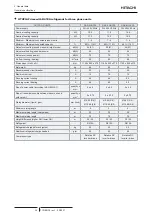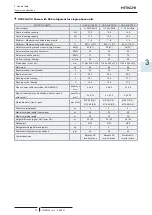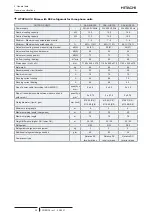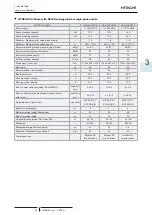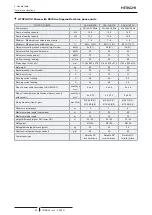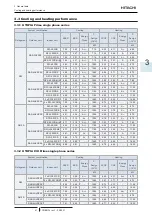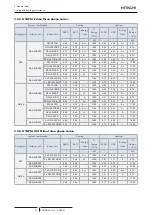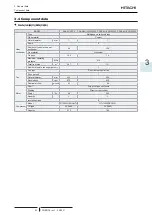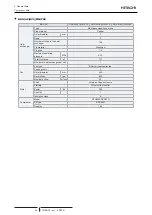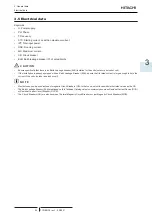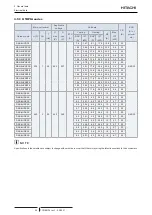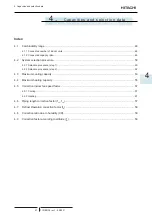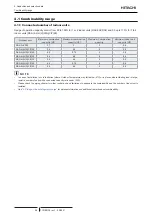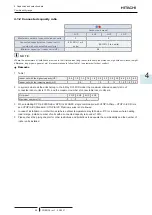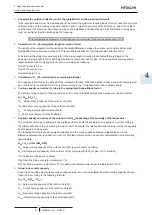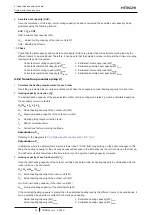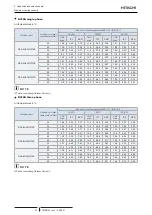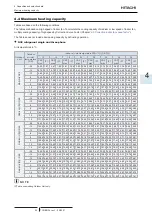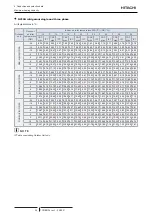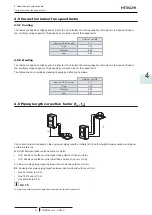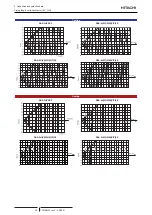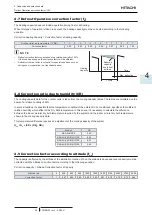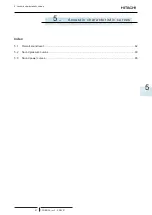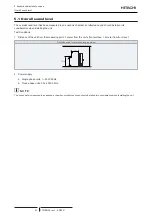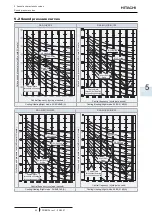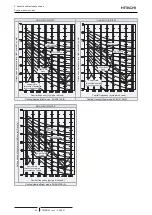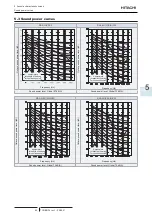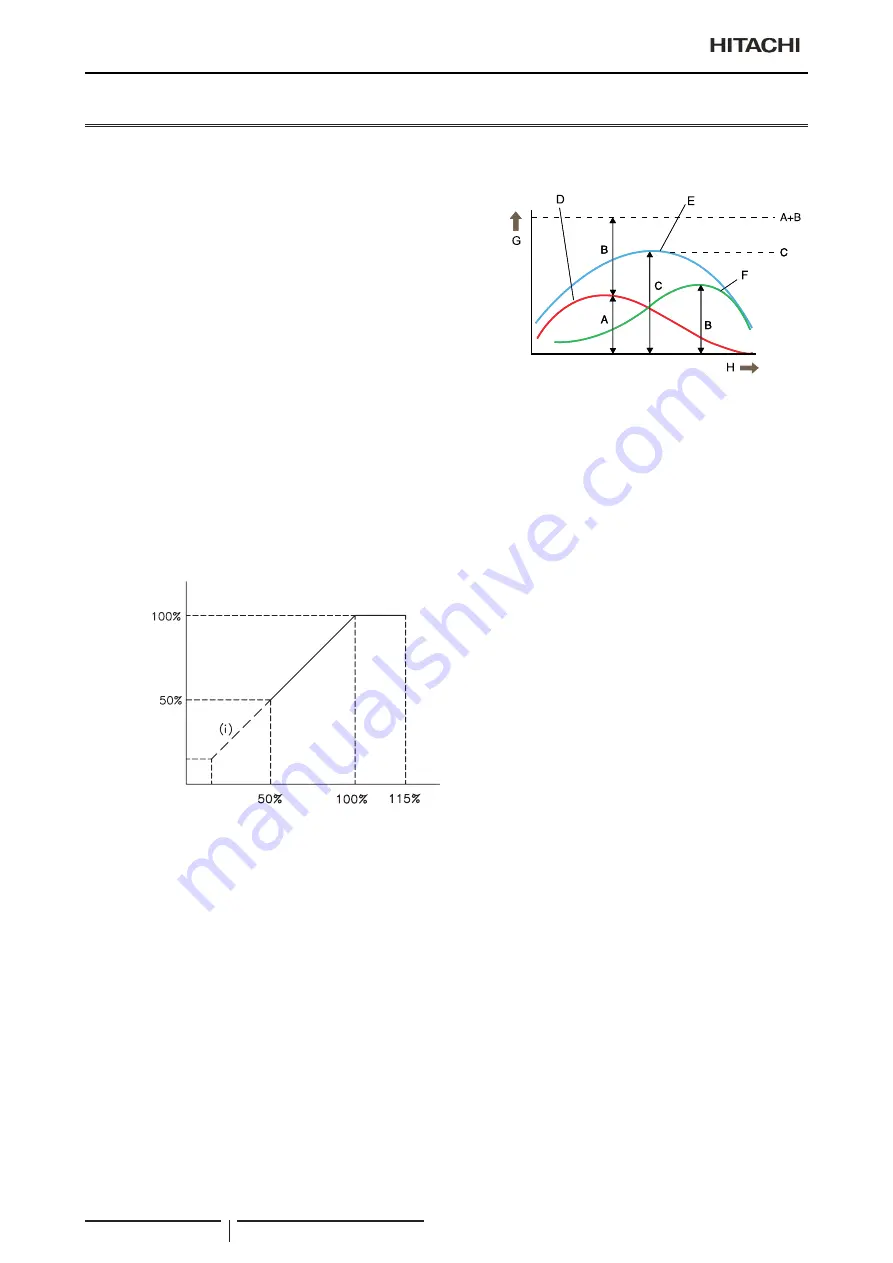
4 Capacities and selection data
System selection procedure
TCGB0136 rev.1 - 05/2021
50
4.2 System selection procedure
This combinability allows the outdoor unit to be smaller capacity when compared with other air conditioning systems, in
case of the total combination horsepower, but considering that maximum load demands can not be simultaneous.
A: morning peak heat load in the eastern area. (example: 3 HP)
B: evening peak heat load in the western area. (example: 3.5 HP)
C: maximum simultaneous load for the entire building.
D: eastern area load.
E: total load.
F: western area load.
G: load.
H: time.
The diagram shows a typical building with a morning peak heat load on the east zone equivalent to a 3 HP unit. In the
afternoon a peak occurs on the west zone equivalent to a 3.5 HP unit.
Therefore, a conventional system would require total installed plant of A+B : 3 HP + 3.5 HP = 6.5 HP (next capacity
available is 8 HP). The maximum simultaneous load on the whole building occurs at noon and is equivalent to a 6 HP
capacity (as example). A RAS-6H(V)(R/N)(C/P)2E unit can be selected, and this capacity can be directed either to the
east or west zone as dictated by the systems controls. Then the UTOPIA series 6 HP outdoor unit can be selected,
against the 8 HP required in a typical system (25% reduction).
The following figure shows the capacity curve depending on the combined indoor units.
Capacity (kW)
50%
100%
Total horsepower of combined indoor units (HP) (*)
?
N O T E
• (*) This range can be different depending the outdoor and
indoor unit model.
• (i) Capacity when some indoor units are off
4.2.1 Selection procedure (step 1)
Considering the layout of the building, the possible position of the indoor units and the air flow distribution, select the unit
features that provide the greatest efficiency and comfort. Decide a position for the outdoor unit that facilitates service and
maintenance tasks.
1
Determine the total load required for each room.
2
Select, per each room, the appropriate Indoor Unit according to the required load and the installation
characteristics.
In some, situations, it should be useful to adjust the capacity of the indoor units in order to adapt the unit to the actual
installation requirements. This function is performed by dip switch setting and it’s possible in some HP indoor unit
models.
In case of an installation with ducts (outdoor unit with RPI indoor unit) the fan performance for duct calculations
should be considered. The RPI units are designed with different static pressure ranges in order to fulfil all installation
necessities.

